News in Brief
-
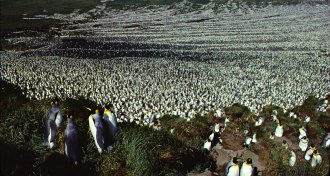 Animals
AnimalsWith one island’s losses, the king penguin species shrinks by a third
Once home to the largest known colony of king penguins, Île aux Cochons has lost most of its birds for unknown reason.
By Susan Milius -
 Particle Physics
Particle PhysicsIn a first, physicists accelerate atoms in the Large Hadron Collider
Ionized lead atoms took a spin around the world’s biggest particle accelerator.
-
 Neuroscience
NeuroscienceSoccer headers may hurt women’s brains more than men’s
Women sustain more damage from heading soccer balls than men, a brain scan study suggests.
-
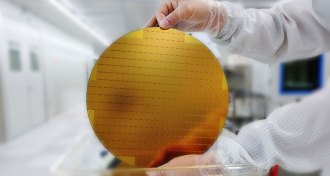 Particle Physics
Particle PhysicsA new quasiparticle lurks in semiconductors
Strange entities called collexons hint at undiscovered physics among interacting subatomic particles in a semiconductor.
-
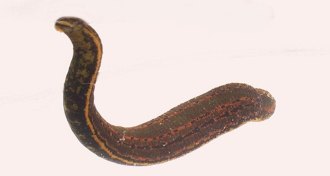 Health & Medicine
Health & MedicineWhat leech gut bacteria can tell us about drug resistance
A bacteria found in leeches becomes drug resistant after only a small exposure to common antibiotics.
-
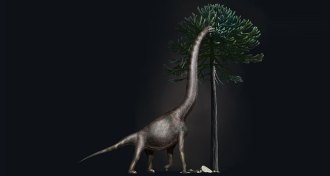 Paleontology
PaleontologyPaleontologists have ID’d the world’s biggest known dinosaur foot
Bigfoot has been found in Wyoming. It’s not a hairy, apelike creature; it’s a dinosaur.
-
 Health & Medicine
Health & MedicinePediatricians warn against chemical additives in food for kids
Common food additives found in meats, plastic packaging or metal cans may contain chemicals that harm children’s health.
-
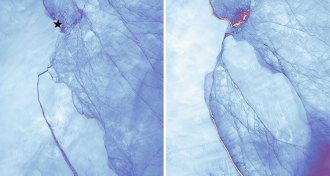 Earth
EarthThe giant iceberg that broke from Antarctica’s Larsen C ice shelf is stuck
A year ago, an iceberg calved off of the Larsen C ice shelf. The hunk of ice hasn’t moved much since, and that has scientists keeping an eye on it.
-
 Particle Physics
Particle PhysicsOne particle’s trek suggests that ‘spacetime foam’ doesn’t slow neutrinos
Neutrinos and light travel at essentially the same speed, as predicted.
-
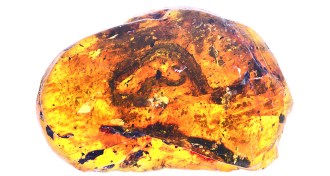 Paleontology
PaleontologyThis amber nugget from Myanmar holds the first known baby snake fossil
Amber preserves the delicate bone structure of a 99 million year old baby snake.
-
 Astronomy
AstronomyMove over, Hubble. This sharp pic of Neptune was taken from Earth
A new strategy at the Very Large Telescope lets astronomers take space telescope–quality pictures from the ground.
-
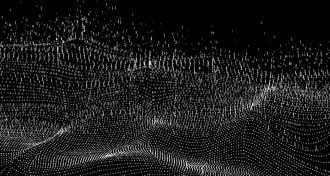 Computing
ComputingSolving problems by computer just got a lot faster
A new computer program sifts through all possible solutions to find the best answer to a given problem far faster than other algorithms.